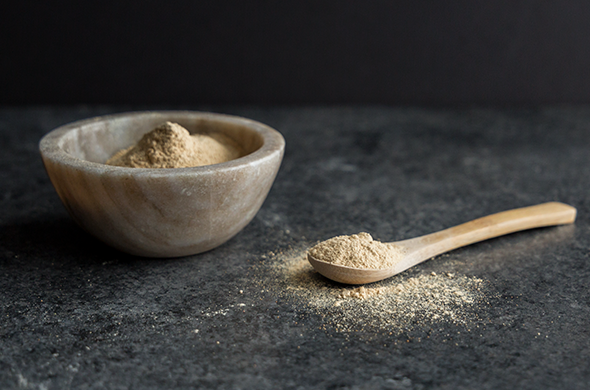Maca, a root vegetable native to the Andes Mountains, has been treasured by Peruvians for centuries. Modern studies have shown everything this tiny superfood has to offer, from increased energy levels to improved memory function. Maca’s earthy undertones will complement any smoothie, oatmeal, and even cookies.

What is Maca?
Maca is a cruciferous vegetable in the mustard family, related to radishes and turnips. Though you’re likely to only spot the beige-colored kind in stores, there are actually 13 colors—ranging from white to black. The different colors have different properties and potential health benefits. Widely available in powdered form, maca has a naturally sweet butterscotch taste.
Maca was used by the ancient Peruvians as currency for trade and played an important role in their cooking and medicinal uses for over 3,000 years. Maca was a sacred root among the royals. When Incas controlled the Andes region, maca was only allowed to be used by the royal court and imperial families. Spain also had a heart for maca, the Spanish court believed that maca provided energetic properties.
What does it do?
According to a study from US National Library of Medicine National Institutes of Health, maca may improve sexual desire, fertility, mood, energy levels, learning ability, metabolism, and memory function. Regular consumption is also associated with low body mass index and low systolic blood pressure. This study by the University of Michigan also suggests that it can reduce the negative effects of stress.
The Healthy Numbers:
One tablespoon of maca has:
60 calories
Amino acids
3g of Protein
3g of Fiber
60mg of Calcium
1.08mg of Iron
.180mg of vitamin B6
3.6mg of vitamin C
309mg of potassium (May reduce the risk of hypertension.)
Maca is a versatile superfood, it adds more nutrients to your kefir smoothies (Maca Almond Butter Smoothie) and healthy recipes.